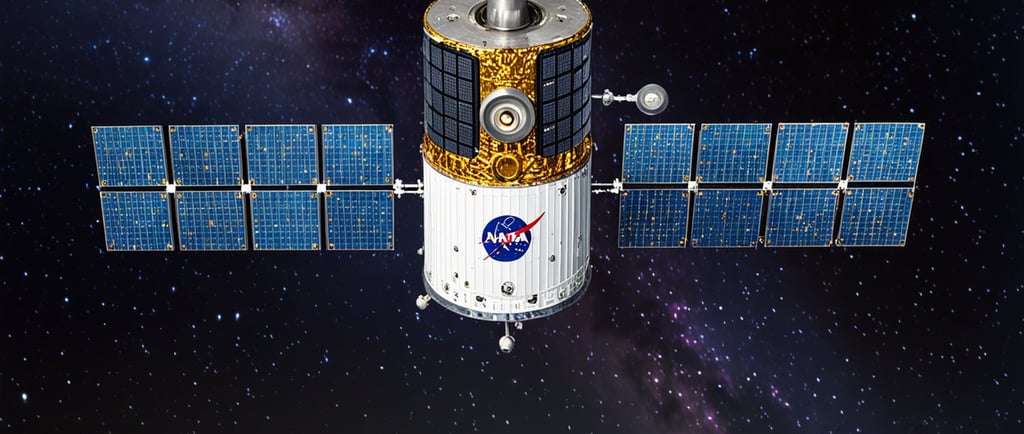The Impact of NASA’s FUSE Mission


Introduction to NASA’s FUSE Mission
NASA's Far UV Spectroscopic Explorer (FUSE) mission has significantly advanced our understanding of the universe by observing celestial phenomena in the far ultraviolet spectrum. Operational from June 1999 to September 2007, FUSE has set new benchmarks in sensitivity and charge resolution compared to previous instruments. By focusing on wavelengths ranging from 90 to 120 nanometers, FUSE has provided invaluable data for astronomers and astrophysicists.
Significant Observations and Discoveries
During its more than eight years of operation, FUSE accomplished the remarkable feat of acquiring over 6,000 observations. These observations encompassed nearly 3,000 distinct astronomical targets, indicating the breadth of its research capabilities. Among its many targets, FUSE studied massive stars, supernova remnants, and galaxies, contributing to a deeper understanding of stellar evolution and the dynamics of cosmic events.
The Legacy of FUSE in Astrophysics
The data collected by FUSE has had a lasting impact on the field of astronomy. Its observations have been instrumental in publishing numerous scientific papers that explore the physical processes governing the life cycles of stars and the complex interactions within galaxies. By penetrating the ultraviolet spectrum, FUSE enabled researchers to examine elements and compounds in the universe that are otherwise invisible in other spectrums of light.
In summary, NASA’s FUSE mission has been pivotal in enhancing our comprehension of the far ultraviolet universe. Its sophisticated instrumentation and extensive observational records have paved the way for future explorations, revealing hidden aspects of astronomical structures and offering unprecedented insights into the nature of the cosmos. As we reflect on the accomplishments of FUSE, it is clear that the mission represents a critical chapter in the ongoing story of space exploration and the relentless pursuit of knowledge.
